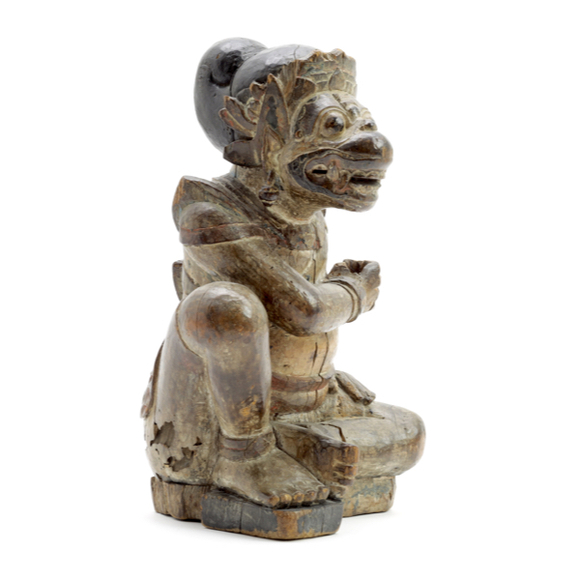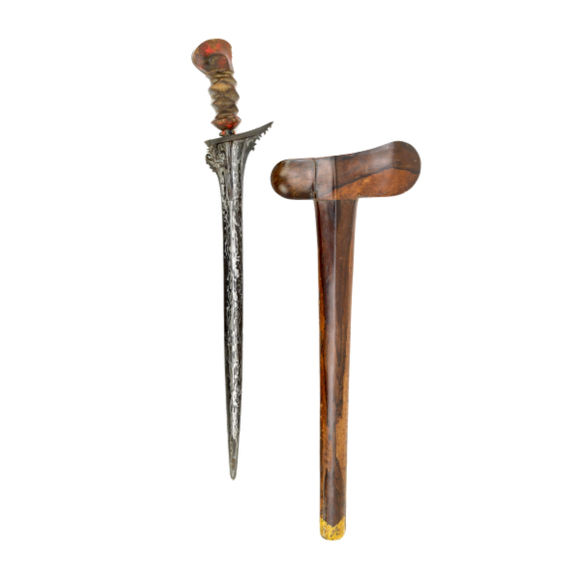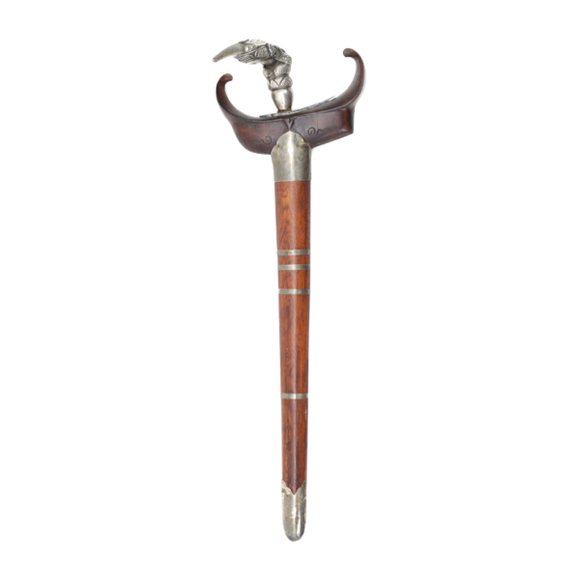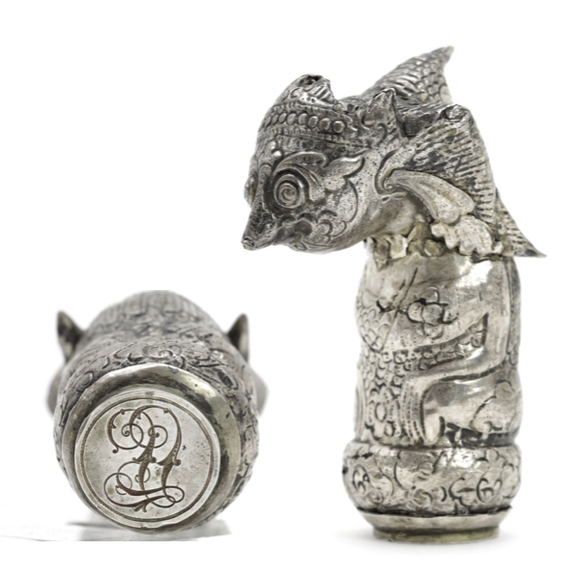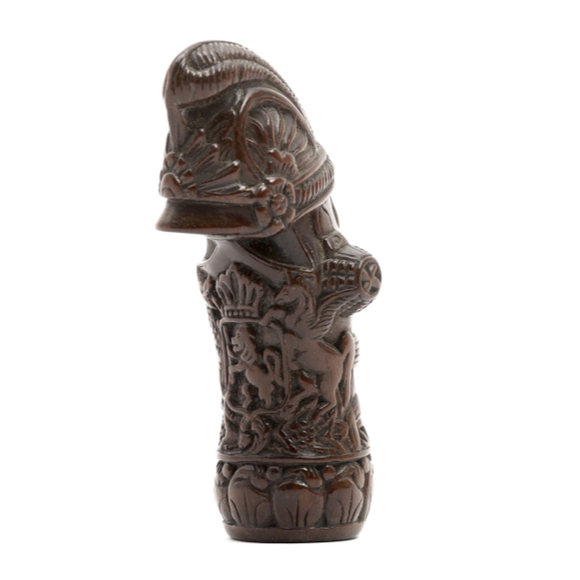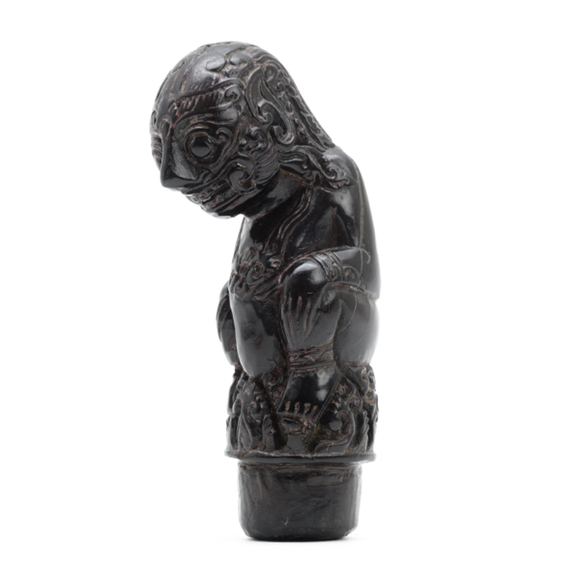Introduction
The Balinese keris is known for its fine smooth finish with starkly contrasting black iron and silver pamor. Looking at old kerises preserved in European museum collections, it seems this finish may have once been more widespread over the archipelago, before the harsher treatment with stronger acid that we see today became widespread.
Writing in 1921, Pieter de Kat Angelino provided an eyewitness account of how this was achieved.1

Some Balinese blades in their typical, original finish.
Mandarin Mansion inventory 2023.
Pieter de Kat Angelino (1887-1974) was a Dutch government administrator who worked on Bali, later Batavia, before moving back to Amersfoort just before the war. He later worked as a volunteer at the Verbondskantoor in the Surinamestraat, The Hague.
A prolific author of many articles, his little-known article titled "Over de smeden en enige andere ambachtslieden op Bali" he provides in-depth insight on Balinese guilds of artisans, mainly ironworkers.
In this article I will translate the section on the finishing of the Balinese keris and tombak (spear) blades. The original is in older Dutch with many Balinese words used. I will translate both in English.
Notes
1. P. De Kat Angelino; Over de smeden en eenige andere ambachtslieden op Bali. Tijdschrift voor Indische Taal-, Land-, en Volkenkunde. Bataafs Genootschap van Kunsten en Wetenschappen. Deel LX. 1921.
Balinese keris finish as described by Pieter De Kat Angelino
"Once the weapon is hardened, an auspicious day needs to be chosen for cleaning the steel, so it will be cleansed of all impurities and becomes shimmering and shining.
The cleaning of the recently made weapons is being left to separate craftsmen who have attained great skill in this work. While all castes are represented among the tukang jeruk ["citrus workers"], the bangsa Pandé [smithing caste] are most represented among them. (The weapons are being polished with jeruk [citrus juice]).
For this work also, banten sesantun [offerings] need to be prepared after which the tukang jeruk starts to grind the blade with a coarse grinding stone called serawad.
After this the blade is polished with a finer type of stone called katėng, followed by the lebonta, after which the finest stone is used called batu las. (The latter has a black color.)1
This batu las is ground to a fine powder with which the steel is made beautifully shiny. When the Pandé is ready, he begins to rub the surface with arsenic and juruk through which it attains the deep, dark bluish shine that the Balinese love to see on their blades, because it makes the white of the pamor stand out so brilliantly.
The grinding and polishing, called simply jeruk, is a labor that requires great skill and precision and can therefore only be left to people who have been trained from a young age.
When the weapon is ready, it needs to go through an initiation before it can attain any real value. It goes without saying that for this, again, one needs to pick an auspicious day..."
Notes
1. Batu las today means sandstone. The black color indicates it was probably some kind of volcanic rock, of which there is plenty on Bali.


